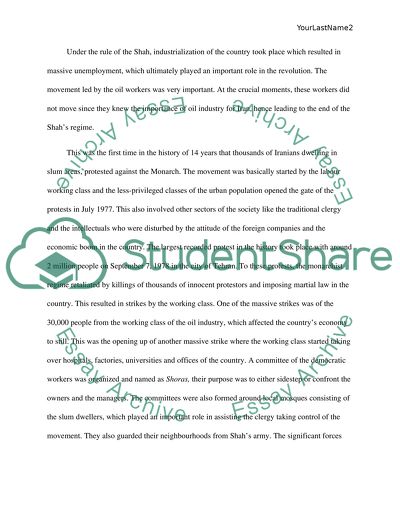Cite this document
(“The clergy's involvement (an aspect of the Iranian Revolution) Research Paper”, n.d.)
The clergy's involvement (an aspect of the Iranian Revolution) Research Paper. Retrieved from https://studentshare.org/history/1403015-the-clergy-s-involvement-an-aspect-of-the-iranian
The clergy's involvement (an aspect of the Iranian Revolution) Research Paper. Retrieved from https://studentshare.org/history/1403015-the-clergy-s-involvement-an-aspect-of-the-iranian
(The clergy'S Involvement (an Aspect of the Iranian Revolution) Research Paper)
The clergy'S Involvement (an Aspect of the Iranian Revolution) Research Paper. https://studentshare.org/history/1403015-the-clergy-s-involvement-an-aspect-of-the-iranian.
The clergy'S Involvement (an Aspect of the Iranian Revolution) Research Paper. https://studentshare.org/history/1403015-the-clergy-s-involvement-an-aspect-of-the-iranian.
“The clergy'S Involvement (an Aspect of the Iranian Revolution) Research Paper”, n.d. https://studentshare.org/history/1403015-the-clergy-s-involvement-an-aspect-of-the-iranian.


